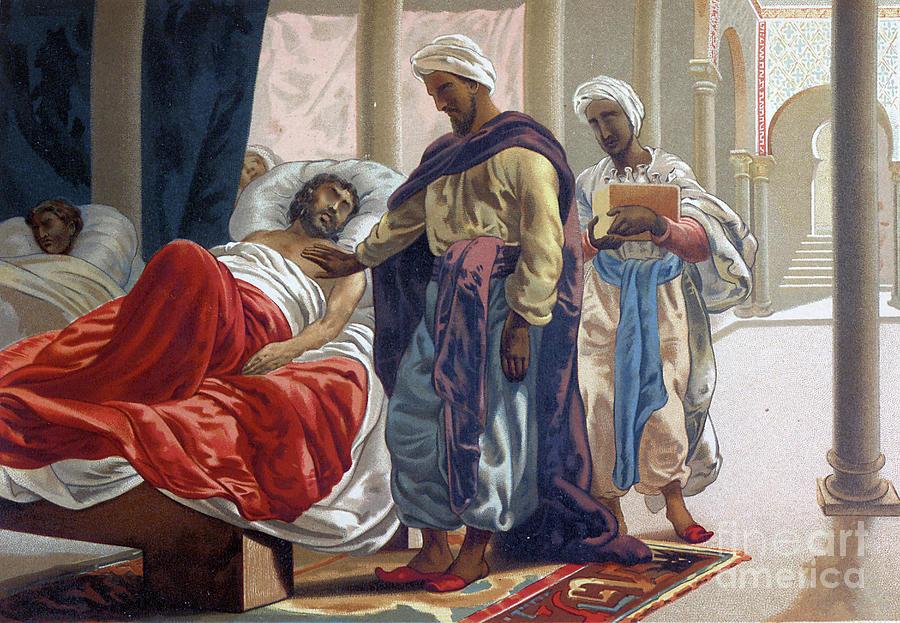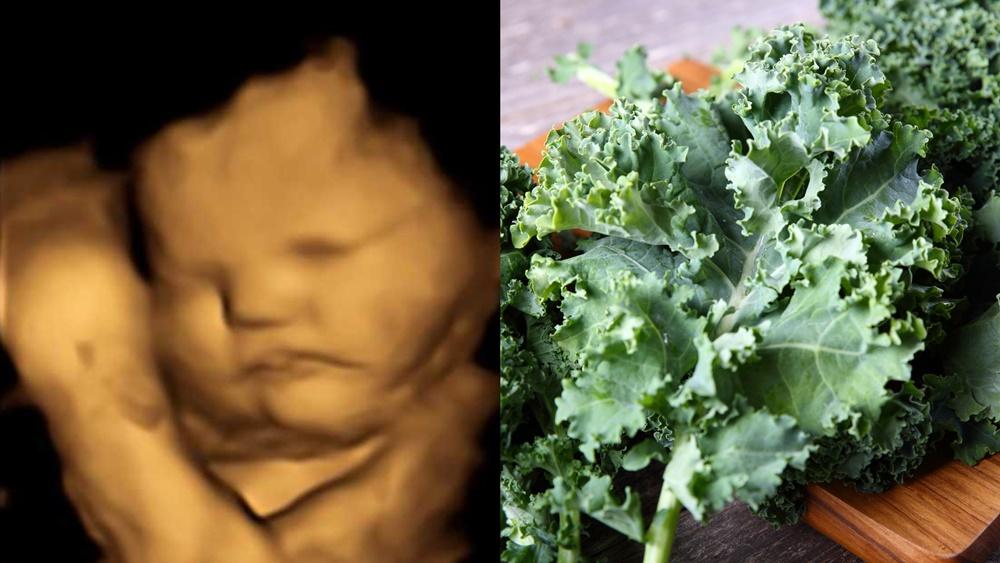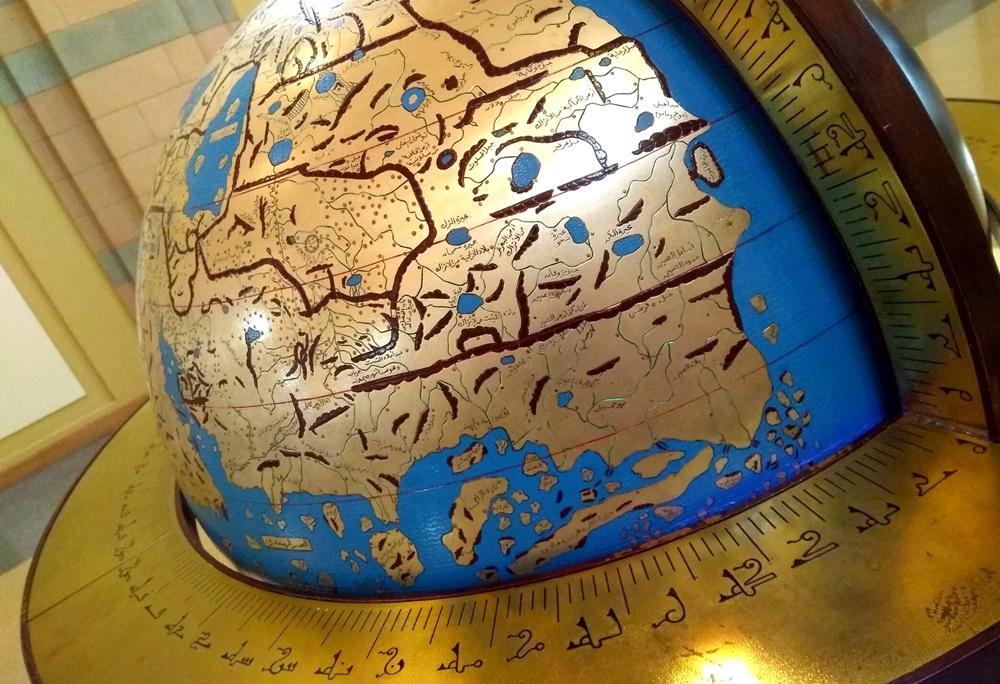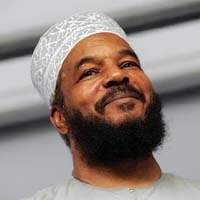Abu Qasim Khalaf Ibn Abbas Al-Zahrawi, known in the West as Albucasis or Zahravius, was born in 936 AD in Al-Zahra’, a suburb, six miles northwest of Cordoba, the capital of Muslim Spain (Al-Andalus). His ancestors were from the Ansar tribe of Madinah who came with the Muslim armies which conquered and lived in Spain.
He served as the court physician to Caliph Al-Hakam-II, at a period considered as the “Golden Age” of Muslim Spain when natural and mathematical sciences reached their peak. After a long and distinguished medical career, he died in 1013 AD at the age of 77.
Around the year 1000 AD, he wrote his famous book Al Tasreef Liman ‘Ajaz ‘Aan Al-Taleef, (The Clarification of Medical Science For Those Who Cannot Compile It).
It was a summation of about 50 years of medical education, training, practice and experience. The thirty volumes of the medical encyclopedia covered various aspects of medical knowledge. In addition to sections on medicine and surgery, there were sections on midwifery, pharmacology, therapeutics, dietitics, psychotherapy, weights and measures, and medical chemistry.
He introduced over 200 surgical tools, a staggering number by all standards
In Al-Tasreef, three chapters were devoted to surgery. Some of the procedures and techniques detailed in these chapters include the following:
- Surgery of the eye, ear, and throat. He fully described tonsillectomy and tracheostomy.
- He devised instruments for internal examination of the ear.
- He devised an instrument used to remove or insert objects into the throat
- Application of ligature for bleeding vessels and internal stitching utilizing catgut. He preceded the famous French military surgeon Ambroise Pare (1510–1590), claimed to be the first European to utilize sutures, by five centuries.
- Setting dislocated bones and fractures. His method for setting and reducing a dislocated shoulder was centuries before Kocher introduced his similar technique to European medicine.
- He is credited to be the first to describe ectopic pregnancy.
- He devised several dental devices and artificial teeth made of animal bones.
Al-Zahrawi is considered the father of operative surgery. He is credited with performance of the first thyroidectomy. The last chapter of his comprehensive book, named On Surgery, was dedicated to surgical instruments. He introduced over 200 surgical tools, a staggering number by all standards.
He gave detailed descriptions of for using probes, surgical knives, scalpels, and hooks. He also devised and invented surgical scissors, grasping forceps and obstetrical forceps. His illustrations of surgical instruments were the earliest intended for use in teaching and in methods of manufacturing them.
Al-Zahrawi contributed early descriptions of neurosurgical diagnoses and treatment including management of head injuries, skull fractures, spinal injuries and dislocations, headache and many other conditions. In addition, he made significant contributions to pediatric surgery.
His medical writings were highly regarded in the West particularly after being translated by Gerard of Cremona, Rogerius Frugardi, Ronaldus Parmensis and others. His surgical teachings were the most advanced in the Middle Ages until the thirteenth century.
Finally, he emphasized child education and behavior, school curriculum and academic specialization. He advised that gifted and intelligent students be encouraged to study medicine after completing their primary education in language, grammar, mathematics, astronomy and philosophy.
– By Samir S. Amr and Abdelghani Tbakhi, Annals of Saudi Medicine








 Dr. Bilal Philips
Dr. Bilal Philips